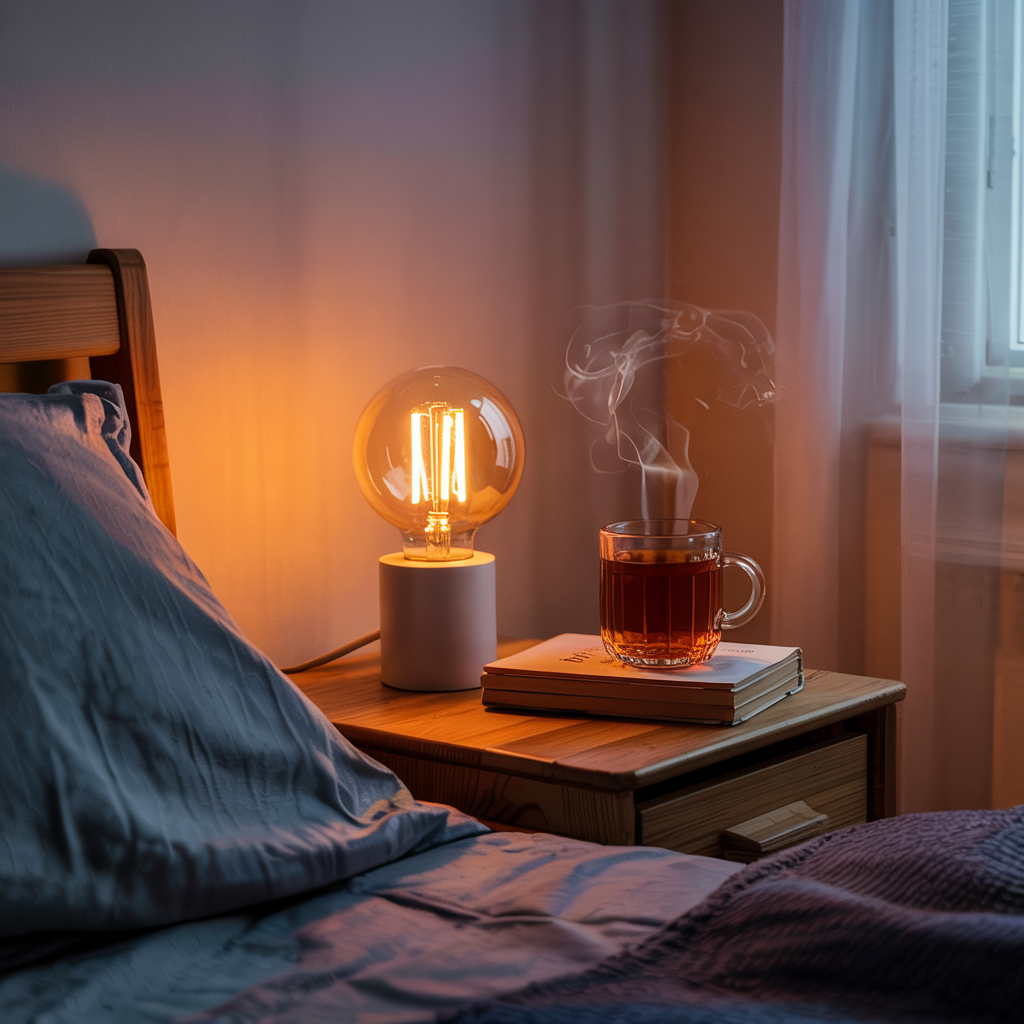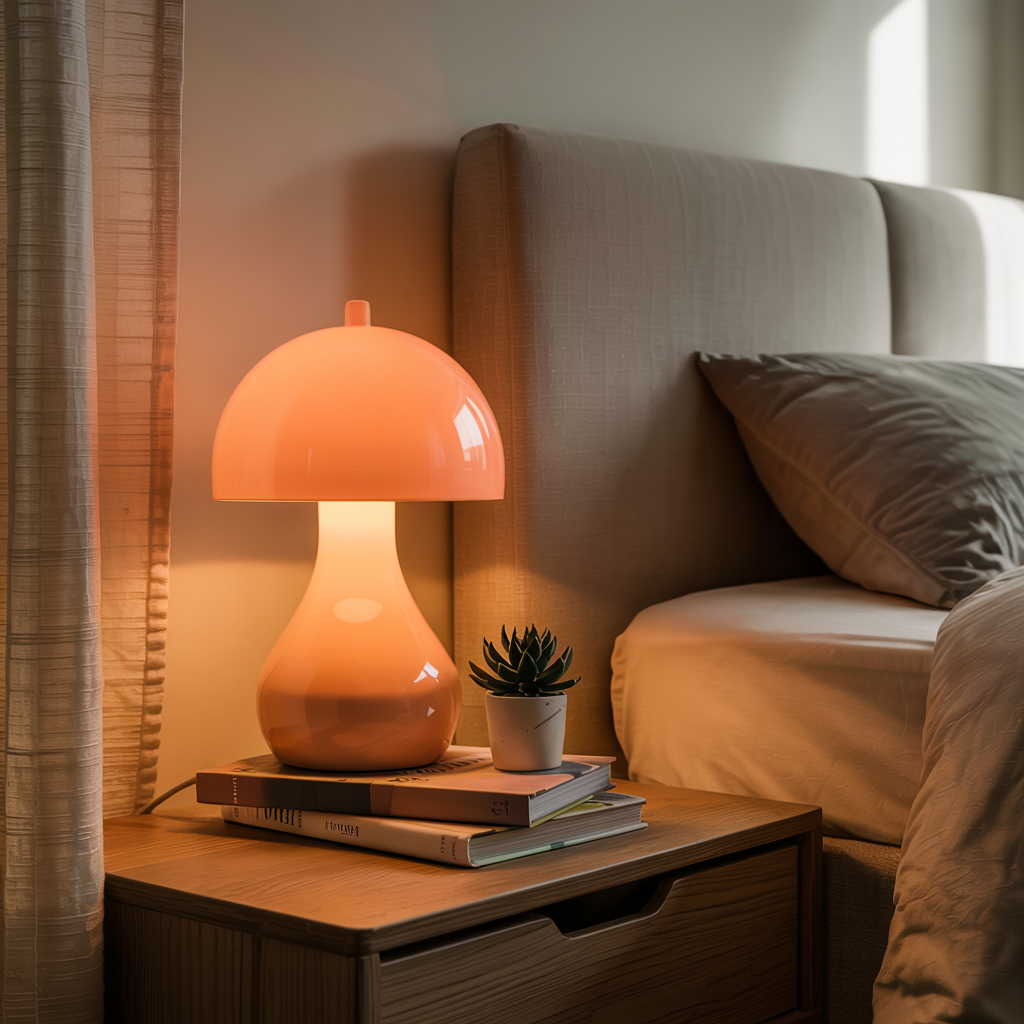What Wattage Light Bulb for Living Room? In-Depth Answer
Choosing the right lighting for your living room can dramatically impact its ambiance, functionality, and overall aesthetic appeal. But with so many different wattages available, how do you know which one is perfect for your needs? This comprehensive guide will walk you through everything you need to know to choose the ideal What wattage light…
Choosing the right lighting for your living room can dramatically impact its ambiance, functionality, and overall aesthetic appeal. But with so many different wattages available, how do you know which one is perfect for your needs? This comprehensive guide will walk you through everything you need to know to choose the ideal What wattage light bulb for living room?, from understanding lumens and color temperature to considering the size and layout of your space. We’ll cover everything from basic principles to advanced techniques, ensuring you can create the perfect lighting scheme for your home.
The first step in choosing the right light bulb is to understand the difference between wattage and lumens. Wattage used to be the primary indicator of brightness, representing the amount of energy a bulb consumes. However, with the advent of
energy-efficient LED bulbs, this is no longer a reliable measure of brightness. Lumens, on the other hand, directly measure the amount of light emitted by the bulb – a more accurate indicator of brightness. A higher lumen rating means a brighter light. For example, a 60-watt incandescent bulb might equate to a 800-lumen LED bulb, offering similar brightness but using significantly less energy.
What Wattage Light Bulb for Living Room?
For a living room, use LED bulbs between 10 to 20 watts, equivalent to 800 to 1600 lumens. This provides soft, ambient lighting ideal for relaxing and entertaining. Choose warmer color temperatures (2700K–3000K) for a cozy atmosphere. Use multiple light sources for balanced illumination.
The Importance of Color Temperature

Color temperature, measured in Kelvin (K), describes the appearance of the light emitted by the bulb. Lower Kelvin values (e.g., 2700K) produce warmer, yellowish light, ideal for creating a cozy and relaxing atmosphere in a living room. Higher Kelvin values (e.g., 5000K) produce cooler, bluish light, which is often preferred for task lighting or areas requiring more focused illumination. Consider the mood you want to set in your living room when selecting a color temperature.
Considering Your Living Room’s Size and Layout
The size and layout of your living room significantly influence the number and wattage of light bulbs you’ll need. A larger living room will require more light than a smaller one. An open-plan living room might benefit from a combination of ambient, task, and accent lighting, requiring different wattages for each type of fixture. Consider the amount of natural light your living room receives; a room with ample natural light might require fewer or lower-wattage bulbs than a darker room.
Read More: Brighten Dark Rooms: How to lighten up a dark room?
Types of Light Bulbs and Their Wattage Equivalents

Various light bulb types exist, each with its own wattage-lumen relationship. Incandescent bulbs are inefficient but provide warm light. Halogen bulbs are brighter than incandescent but still less efficient than LEDs. Compact Fluorescent Lamps (CFLs) are more energy-efficient than incandescent and halogen bulbs. LEDs (Light Emitting Diodes) are the most energy-efficient option, offering long lifespan and various color temperatures and brightness levels. Choosing the right type depends on your budget, energy efficiency goals, and desired ambiance.
Ambient Lighting: Setting the Mood
Ambient lighting provides overall illumination for your living room. For ambient lighting, you’ll typically want a soft, diffused light. Consider using multiple lower-wattage bulbs in ceiling fixtures or recessed lighting to achieve even illumination. Aim for a warm color temperature (around 2700K-3000K) to create a relaxing atmosphere. For a larger living room, you might need several bulbs with a combined lumen output of 3000-5000 lumens.
Task Lighting: Focusing on Specific Areas
Task lighting provides focused illumination for specific activities, such as reading or working. Floor lamps, table lamps, or desk lamps are ideal for task lighting. Higher color temperatures (4000K-5000K) are often preferred for task lighting as they provide brighter, clearer illumination. Choose bulbs with a wattage appropriate for the fixture and the task; a high lumen output (1000-1500 lumens) might be needed for reading lamps.
Read More: 15 Boat LED Lighting Ideas: Brighten Your Water Adventures
Accent Lighting: Highlighting Features
Accent lighting is used to highlight specific features in your living room, such as artwork, architectural details, or plants. Track lighting, picture lights, or strategically placed spotlights can be used to create dramatic effects. For accent lighting, you typically use lower-wattage bulbs, focusing on directing the light to specific areas rather than providing broad illumination. A wattage range of 5-25 watts for these smaller bulbs can be appropriate.
Calculating the Right Wattage: A Step-by-Step Guide
Here’s a step-by-step table to help you calculate the right wattage for lighting a room based on size and purpose:
| Step | What to Do | Example |
|---|---|---|
| 1 | Measure room size (Length × Width) | 12 ft × 15 ft = 180 sq. ft |
| 2 | Multiply by recommended lumens/sq. ft. | Living room: 10–20 lumens/sq. ft |
| 3 | Calculate total lumens needed | 180 × 15 = 2,700 lumens |
| 4 | Convert lumens to wattage (LED) | 2,700 ÷ 80 (lumens per watt) ≈ 34 W |
| 5 | Choose light sources to match watts | Use two 17W LED bulbs or equivalent |
To calculate the right wattage, first determine the desired lumen output based on the size of your room and the type of lighting you need. You can find lumen recommendations online or consult a lighting professional. Then, check the lumen output of various light bulb types (LED, CFL, etc.) to find options that meet your needs. Finally, choose a bulb that matches your desired color temperature and energy efficiency preferences.
Choosing the Right Bulb Base: From Edison to Bayonet
Different light bulbs use different bases, including the common Edison screw (E26 and E27), bayonet cap (B22), and GU10. Ensure you select a bulb with the correct base to fit your existing light fixtures. Using the incorrect base can lead to damaged fixtures or bulbs.
Energy Efficiency and Cost Savings
LED bulbs are significantly more energy-efficient than incandescent or halogen bulbs. While the initial cost might be higher, LED bulbs last much longer, resulting in significant long-term cost savings on electricity bills. Consider the return on investment when factoring the energy costs. Switching to LEDs also contributes positively to environmental sustainability.
Dimmable Bulbs and Their Advantages
Dimmable bulbs offer the flexibility to adjust the brightness of your lighting, creating different moods and ambiance throughout the day. Using a dimmer switch with dimmable LED bulbs can significantly impact your energy consumption and the overall atmosphere of your living room.
Smart Bulbs and Home Automation
Smart bulbs allow you to control your lighting remotely using your smartphone or smart home assistant. You can adjust the brightness, color temperature, and even schedule lighting changes to suit your preferences, improving energy efficiency and your comfort. Examples of smart bulb brands include Philips Hue, LIFX, and Sengled.
Understanding the CRI (Color Rendering Index)
The Color Rendering Index (CRI) measures how accurately a light source renders the colors of objects compared to natural daylight. A higher CRI (closer to 100) indicates better color rendering. For a living room where color accuracy matters, choose bulbs with a high CRI (80 or above).
The Impact of Lighting on Mood and Productivity
Lighting significantly influences mood and productivity. Warm-toned lighting promotes relaxation, while cooler-toned lighting can enhance focus and alertness. Consider the intended use of your living room when choosing the color temperature of your bulbs.
Choosing Bulbs Based on Your Decor Style
The style of your light bulbs can complement or contrast your existing living room decor. Consider the shape and style of the bulb when choosing, selecting a bulb that visually matches your lighting fixtures and overall design aesthetic. For example, exposed filament bulbs add a vintage touch, while sleek modern bulbs enhance a contemporary style.
Comparing Different Brands and Their Offerings
Many lighting brands offer various light bulbs with differing wattages, lumens, color temperatures, and features. Researching various brands like Philips, Cree, GE, and others helps you compare options based on your specific needs and budget. Always read customer reviews to gauge performance and reliability.
Troubleshooting Common Lighting Problems
Problems such as flickering lights or bulbs burning out quickly can occur with improper usage or faulty wiring. Addressing these issues promptly can prevent further problems and keep your living room well-lit.
Maintaining Your Lighting Fixtures
Regular maintenance, such as cleaning light fixtures and replacing bulbs promptly, extends their lifespan and improves their overall efficiency. Regular cleaning prevents dust buildup, improving light output and safety.
Frequently Asked Questions
What is the best wattage for a living room light bulb?
There’s no single “best” wattage. The ideal wattage depends on your living room’s size, layout, and the desired brightness level. Consider using a combination of bulbs with different wattages to achieve balanced ambient, task, and accent lighting.
How many lumens do I need for my living room?
The number of lumens you need depends on the size of your living room. A general guideline suggests 15-30 lumens per square foot for general ambient lighting. However, this is just an approximation. Consider the amount of natural light your living room receives.
What color temperature is best for a living room?
A warmer color temperature (2700K-3000K) is typically preferred for living rooms to create a relaxing atmosphere. However, you might use a cooler color temperature (4000K-5000K) for task lighting.
Are LED bulbs worth the extra cost?
Yes, LED bulbs are worth the higher initial cost due to their significant energy efficiency and longer lifespan. The long-term savings on electricity bills often outweigh the higher upfront investment.
How do I choose the right bulb base?
Check the base of your existing light fixtures before purchasing new bulbs. Common bases include Edison screw (E26/E27), bayonet cap (B22), and GU10. Using the incorrect base can damage your fixtures.
Can I use a dimmer switch with any light bulb?
No. Only dimmable light bulbs should be used with dimmer switches. Using non-dimmable bulbs with a dimmer switch can damage the bulb or the switch.
Final Thoughts
Selecting the right wattage light bulb for your living room involves considering several factors, including lumens, color temperature, room size, and the type of lighting you need. Understanding the difference between wattage and lumens is crucial, as lumens directly measure light output. Color temperature impacts the mood and ambiance of your space, while the size of your room dictates the required lumen output. Remember to consider energy efficiency and explore options like dimmable and smart bulbs to further enhance your living room’s lighting and functionality.
By following the guidelines outlined in this comprehensive guide, you can create a well-lit and inviting living room that perfectly complements your style and needs. Whether you’re looking to create a relaxing atmosphere for movie nights or bright, focused light for reading, understanding the nuances of lighting will transform your living space.
Now, go forth and illuminate your living room!

